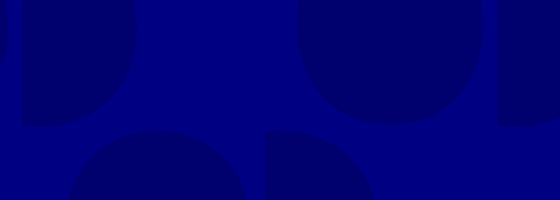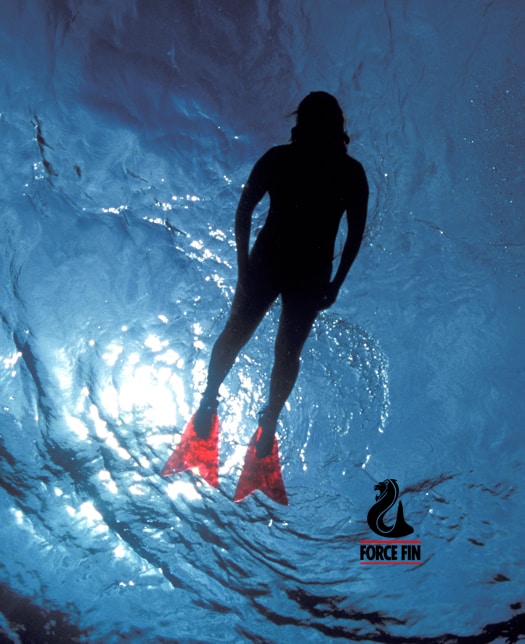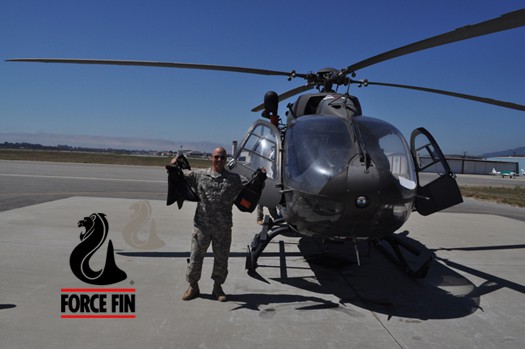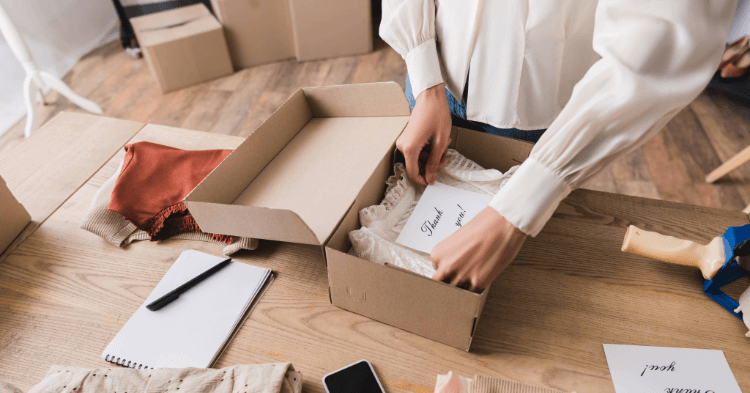5 Questions with…Force Fin’s Susanne Chess and Bob Evans

Our blog series “5 Questions With…” takes a behind-the-scenes look into the daily lives of our small business customers. Our next installment is below!
Name: Susanne Chess and Bob Evans
Company: Force Fin
Location: Santa Barbara, CA
Products/Services: Underwater equipment
Years in Business: 31 Years
Facebook: ForceFin
Twitter: @ForceFin
1) Tell us about a day in the life of Susanne Chess and Bob Evans.
We start the day with the Santa Barbara Swim Club at Los Banos Del Mar Pool. Swimming is our meditation. Unless the day begins with exercise, it is not going to happen, as client needs will take over once we arrive at work.
In the office we begin with checking email, orders, and other correspondence. Bob does the social media posts; he has quite a following. I cue up the daily workload for our staff, follow up with clients’ orders, and chase production and inventory.
During afternoons we work on current and future projects. We’ve found that assigning times/days to projects enables completion. We treat each business, each project, as a client to whom we allocate time. And, during it all we respond to customer requests.
2) What is the most rewarding aspect of being a small business owner? Most difficult?
The most rewarding is the freedom to choose your own destiny, and to assess and take risk as we see it, while the most difficult is breaking away from putting the needs of the business, its employees, and clients before our own.
3) Why did you originally need financing?
We secured financing from OnDeck in anticipation of a cash flow disruption while transferring operations from Santa Barbara to Pennsylvania.
We had reached our capacity in servicing Force Fin customers with our existing infrastructure, and the message from our client base was that we better be ready to grow. During 2015, the US Navy came in with a very large order to put Force Fins on the shelf for direct requisition to SEAL Team Members. For years we have sold to Special Operations Forces around the world, US Navy SEAL Teams included. This was a new level of US governmental purchasing. Orders from our recreational, swimming, snorkeling and fly fishing client base came in unexpectedly high this past season, as well.
We decided to leverage the capacity to form a strategic alliance with our US production facility for our mutual growth. They agreed, and we are in the process of transferring our equipment, assembly and inventory from Santa Barbara to their 85,000 sq. ft. facility in Pennsylvania.
Anticipating additional one-time costs of transferring operations, and a potential effect on cash flow, we asked our bank whether they could help fund the transition. Their response was that our requirements were “…outside current criteria for funding,” whatever that means. Once we understood that our bank wasn’t an option for this capital need, we turned to OnDeck after receiving a referral from a mutual client.
4) How has additional capital helped your business grow?
Our experience with OnDeck was refreshing. To be able to simply provide OnDeck with three months of bank statements, then answer a few questions and have the funding almost immediately – the time saved was worth it and made it possible for us to make the transition in time to meet holiday deliveries.
The $40,000 we borrowed was used to bridge the cost of transferring assembly and fulfillment operations from Santa Barbara to Pennsylvania. The effect of the transfer is a reduction in cost, and a reduction in the carbon footprint generated by shipping our product back and forth. I would say that that the move to Pennsylvania will save us $50,000, plus with a more centralized shipping address, our price to customers for shipping should go down, or at least remain stable against rising shipping charges. It also frees us, the Santa Barbara contingent of the company, to put energy into website redesign, customer service platforms, and new hires in 2016.
The funding from OnDeck puts the company in a position to quickly respond to any increase in demand. It puts us into a position where we could take the number one position in the fin market that Force Fin deserves.
5) If you were just starting out again, what would you tell yourself about running a small business?
I would tell myself the following: another special thing about being an entrepreneur is constantly reinventing the business. To stay ahead of the competition, to be worthy of number one, you must always be moving forward. Each day is a new beginning.
BONUS: For all the scuba divers and snorkelers out there, what makes Force Fin stand out from other swim fins?
We used to go on and on in answering this question, now we simply say, “Force Fins are the best.”
Force Fins are the only fin that leverages a kick from your strongest kicking muscles in the upper thigh. For a SCUBA diver that means kicking more efficiently, which translates into longer bottom time, burning less air. For a swimmer, that means better cardiovascular workout and I don’t know anyone who wouldn’t prefer tightening their buns to squeezing their toes!
As far as hydrodynamics, Force Fins are part of the permanent collections of the Architecture and Design Collections of the New York Museum of Modern Art. One reason for their inclusion was how the unique design, combined with the high performance polyurethane material used in production created a new way to perceive moving through water. Other hydrodynamic developments of Bob Evans Designs, Inc., other adaptations of Force Fins, were part of the art that led to development of keels of the fastest racing yachts. We’re also recipient of a Time Magazine Innovation of the Year Award for development of variable thrust technologies on fins made for Jean Michel Cousteau and his Ocean Futures Society.






